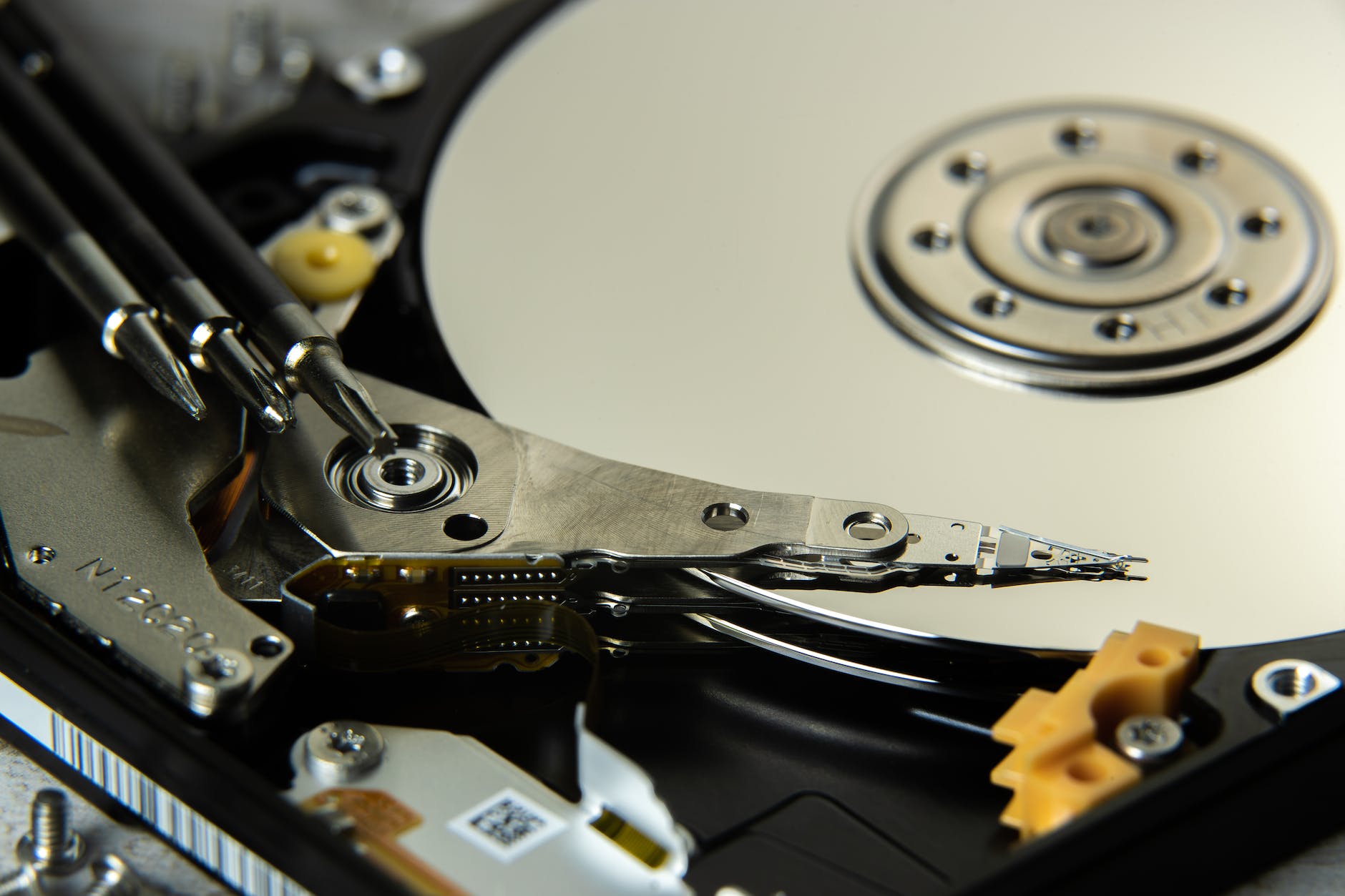What is SWAP
According to Wikipedia, SWAP space is a partition of computer data storage used as virtual memory. When physical memory (RAM) is insufficient, the system temporarily moves some data into SWAP space to free up RAM for the currently active applications.
Recommended Size
There are various recommendations and rules regarding the ideal SWAP size. After gathering some information, here are some common suggestions:
- Twice the system memory: Traditionally, the recommended SWAP space size was twice the system memory. However, this rule has become less applicable over time[1].
- Equal to system memory size: Debian officially recommends setting the SWAP space size equal to the system memory size, but it should not be less than 512MB[2].
- Modern server recommendation: For modern servers, it is typically recommended to have at least 2GB of SWAP space. If the server’s RAM is more than 8GB, then the SWAP space should be 25% of the RAM[3].
The above suggestions mainly depend on the server’s RAM size, not the storage capacity. To determine the most suitable SWAP space size, one might need to consider the specific RAM size of the server and its intended usage. Additionally, other hardware and software configurations of the server, as well as the specific requirements of the applications, may need to be taken into account when deciding on the SWAP size.
Checking Existing SWAP Space
If it’s a rented server (like a VPS), it usually comes with SWAP space already configured. To check the existing SWAP space size on the server, the following command can be used:
free -m | grep SwapIncreasing SWAP Space
Using fallocate
Suppose you want to increase the SWAP space to 2048MB, follow these steps:
- Create a SWAP file:
sudo fallocate -l 2G /swapfile - Set the correct permissions:
sudo chmod 600 /swapfile - Setup SWAP space:
sudo mkswap /swapfile - Enable the SWAP file:
sudo swapon /swapfile - Make the SWAP settings persistent:
To ensure the SWAP file is enabled automatically after every system reboot, add it to the/etc/fstabfile. Open the file:sudo nano /etc/fstabThen, add the following line at the end of the file:
/swapfile swap swap defaults 0 0
Using dd
The fallocate command may not be supported by certain filesystems or kernel versions. For instance, it didn’t work in the case of Debian 11. As an alternative, the dd command can be used to create the SWAP file. Here are the steps to create a 2GB SWAP file using the dd command:
- Create SWAP file:
sudo dd if=/dev/zero of=/swapfile bs=1M count=2048 status=progress - Set the correct permissions:
sudo chmod 600 /swapfile - Setup SWAP space:
sudo mkswap /swapfile - Enable the SWAP file:
sudo swapon /swapfile - Make the SWAP settings persistent:
Open the/etc/fstabfile:sudo nano /etc/fstabThen, add the following line at the end of the file:
/swapfile swap swap defaults 0 0
Disabling Old SWAP
If the old SWAP space is no longer needed, it can be disabled and removed through the following steps:
- Disable the old SWAP space:
sudo swapoff -a - Remove the old SWAP entry from
/etc/fstab:
Open the/etc/fstabfile:sudo nano /etc/fstabLocate a SWAP entry similar to the following and either delete it or comment it out (by adding
#at the beginning of the line):/old_swapfile swap swap defaults 0 0 - Delete the old SWAP file:
sudo rm /old_swapfile(Note: Replace
/old_swapfilewith the actual path of the old SWAP file.)
Potential Risks?
Can SWAP be twice as large as RAM? Will it cause hardware damage or data corruption on the server?
SWAP space can be set to twice the size of RAM or even larger, but it usually won’t cause hardware damage. As a portion of disk space, SWAP is used to store extra data when RAM is exhausted. While heavy usage of SWAP space may degrade system performance since disk access speeds are much slower than RAM, it won’t damage the hardware.
However, frequent read/write operations to SWAP space, especially on Solid State Drives (SSD), might slightly increase disk wear. SSDs have a limited number of write cycles, so frequent writing operations could shorten its lifespan. Nonetheless, modern SSDs have high durability and a large number of write cycles, so noticeable issues may not arise in practice.
Regarding the risk of data corruption, generally, properly configuring and using SWAP space won’t lead to data corruption. But if the system is misconfigured or there are bugs in the system, it might increase the risk of data corruption. For instance, if SWAP space is mistakenly configured on an unstable storage device, or if the system cannot manage memory and SWAP space correctly, problems may arise.
To mitigate the risk of data corruption and enhance system performance, consider the following:
- Ensure the system software and firmware are up to date: This can help fix bugs that might affect memory and SWAP management.
- Monitor the system’s memory and SWAP usage: If the system frequently uses SWAP space, consider increasing the RAM size to reduce reliance on SWAP.
- Configure SWAP space on reliable storage devices: Ensure your storage device is reliable and stable to reduce the risk of data corruption.
- Regularly backup important data: Regular backups are the best prevention against data loss. Ensure you have an effective backup and recovery strategy in place.
In conclusion, properly configuring and using SWAP space usually won’t cause hardware or data corruption, but appropriate precautions should be taken to optimize system performance and protect data.
References
- Swap, Debian Wiki
- C.3. Recommended Partitioning Scheme
- Sander van Vugt, Tweak Linux swap to improve server performance
